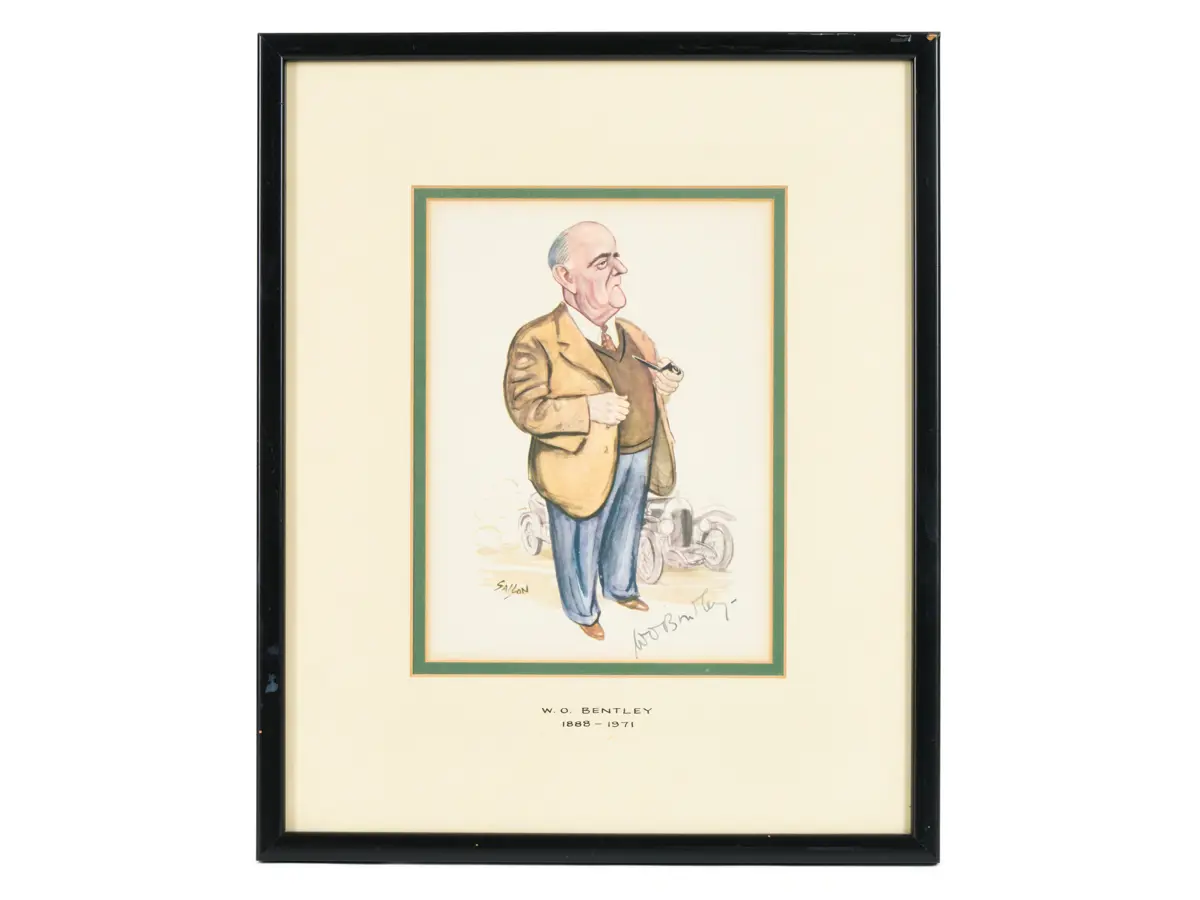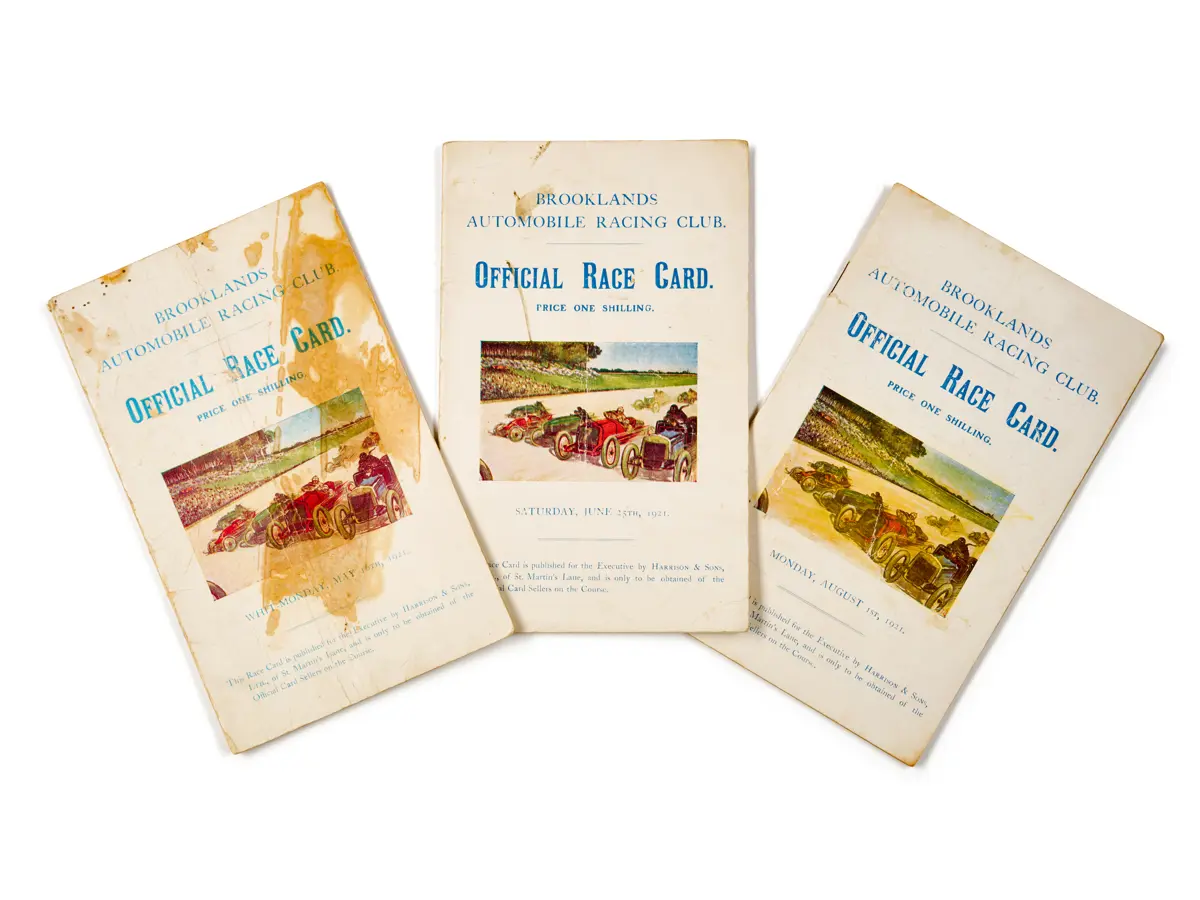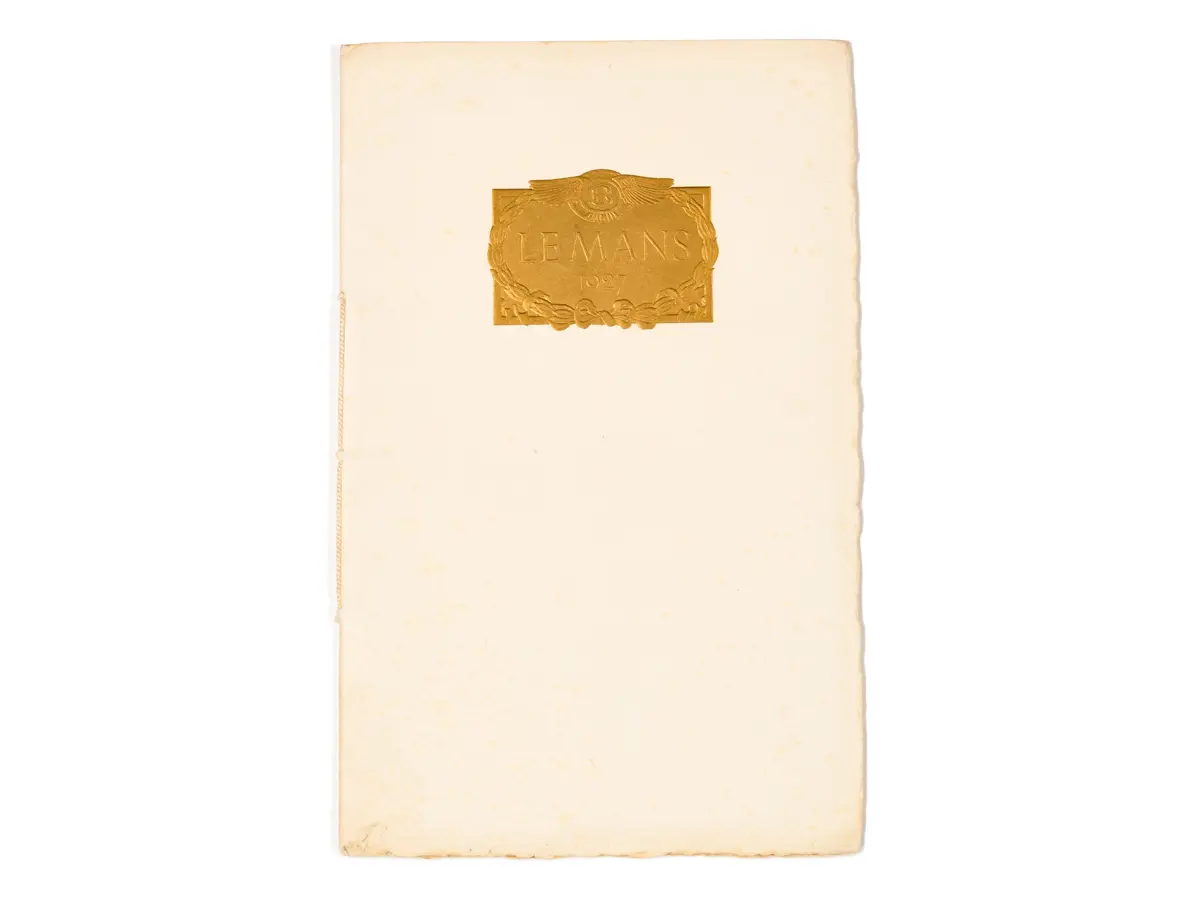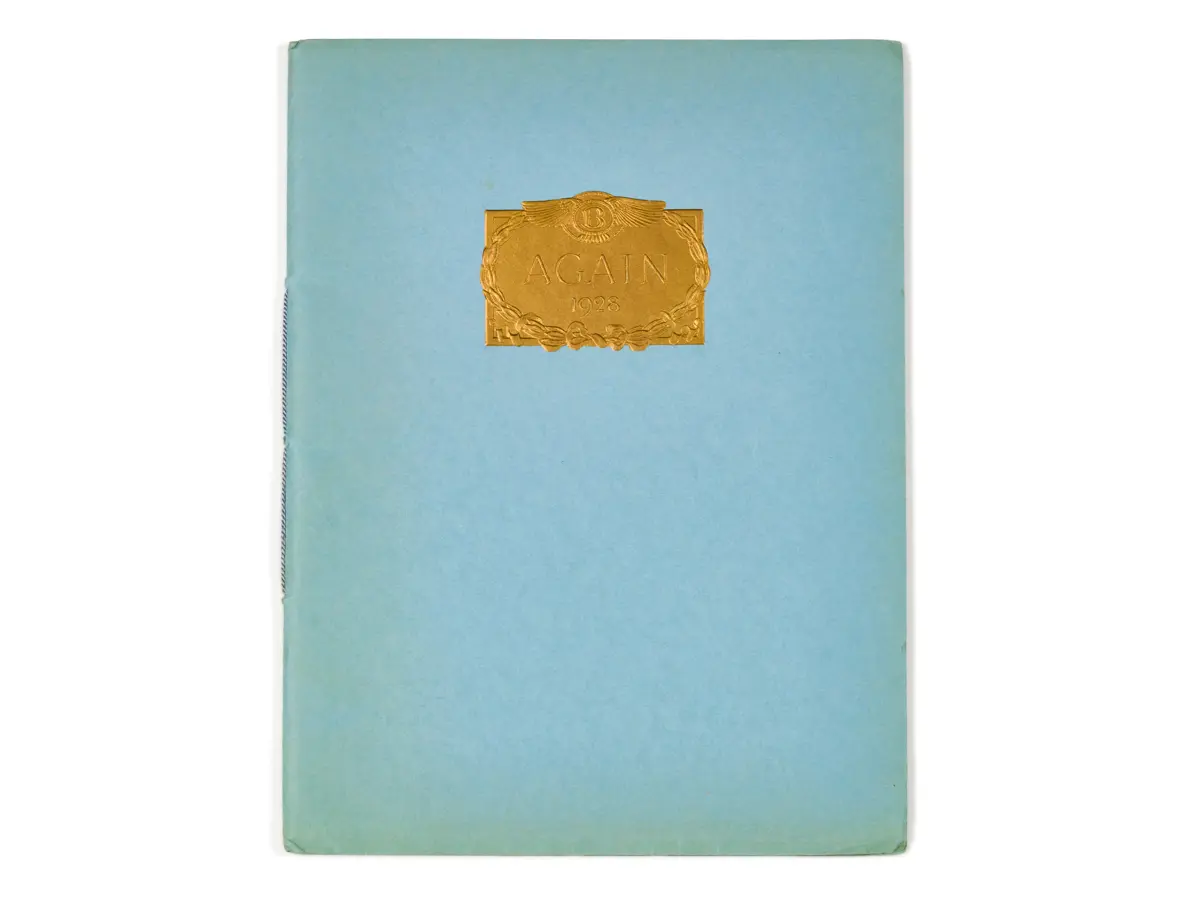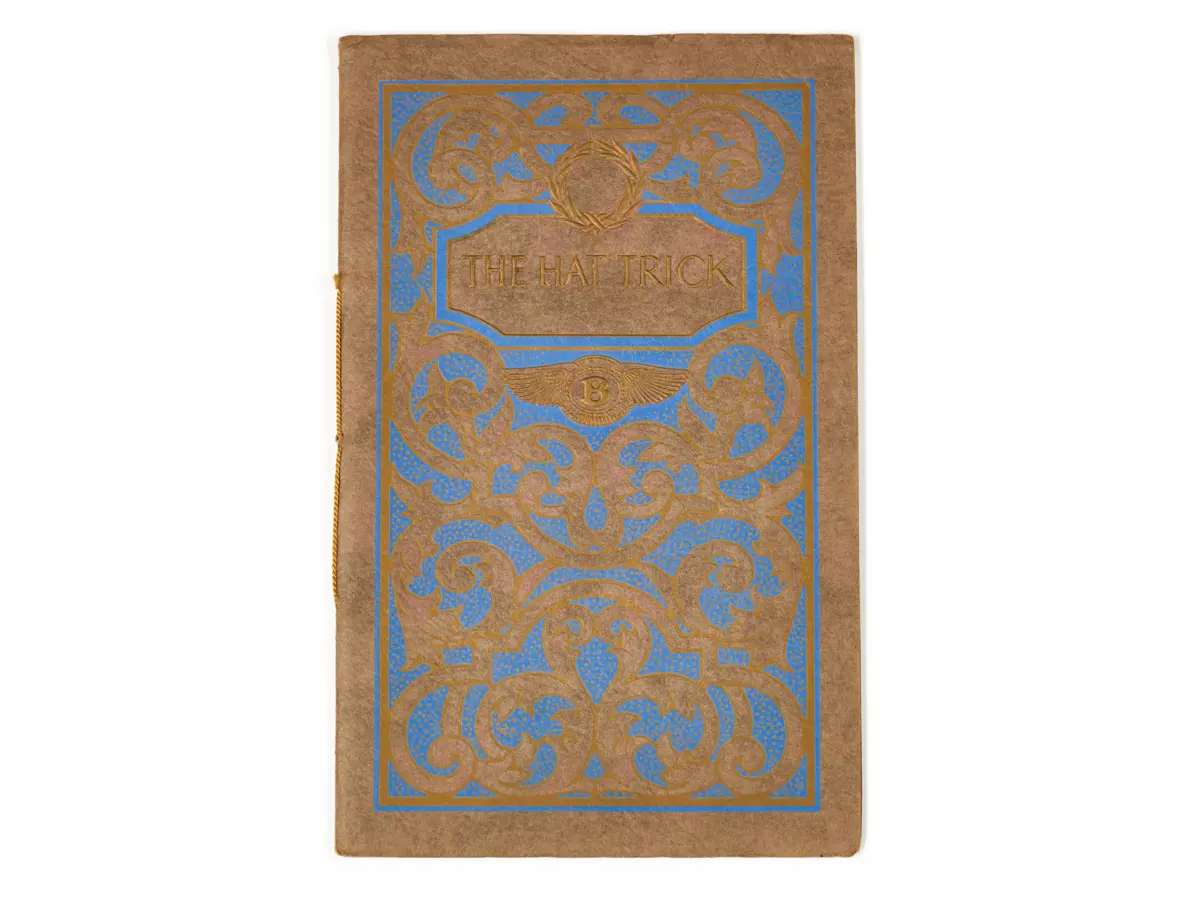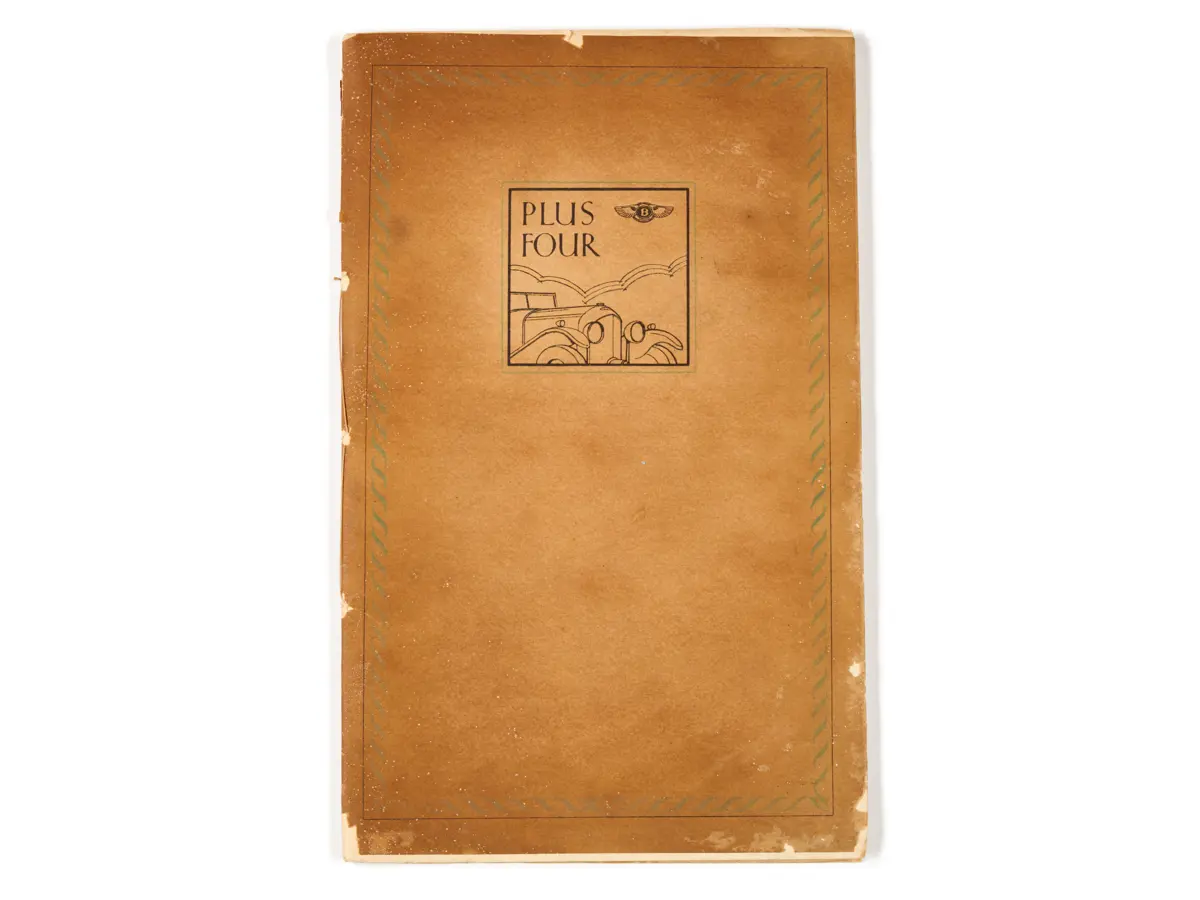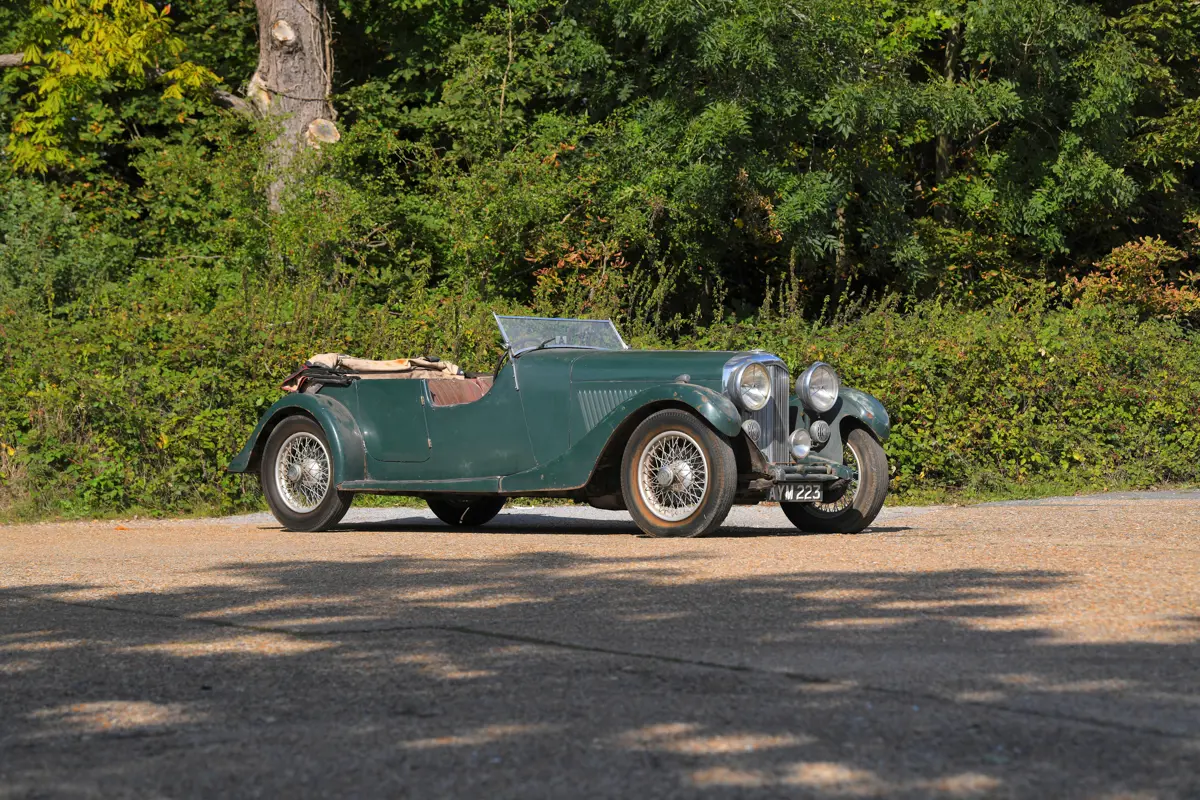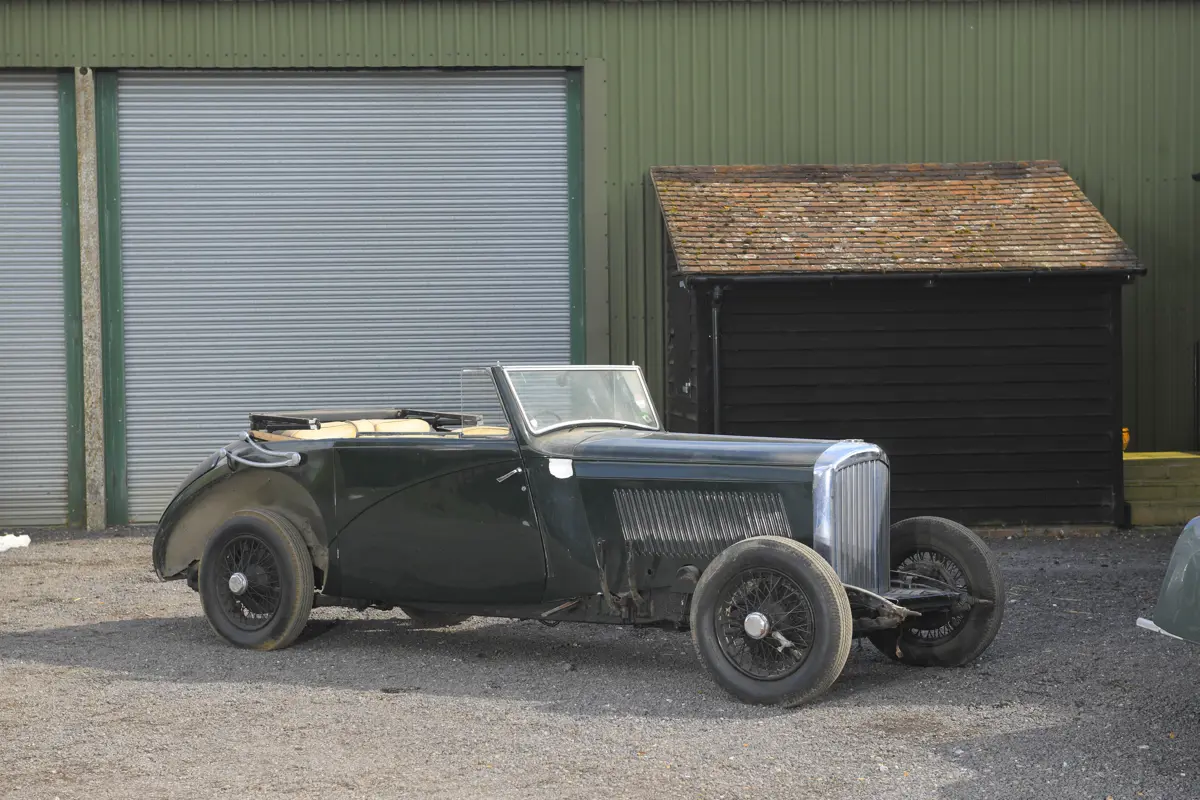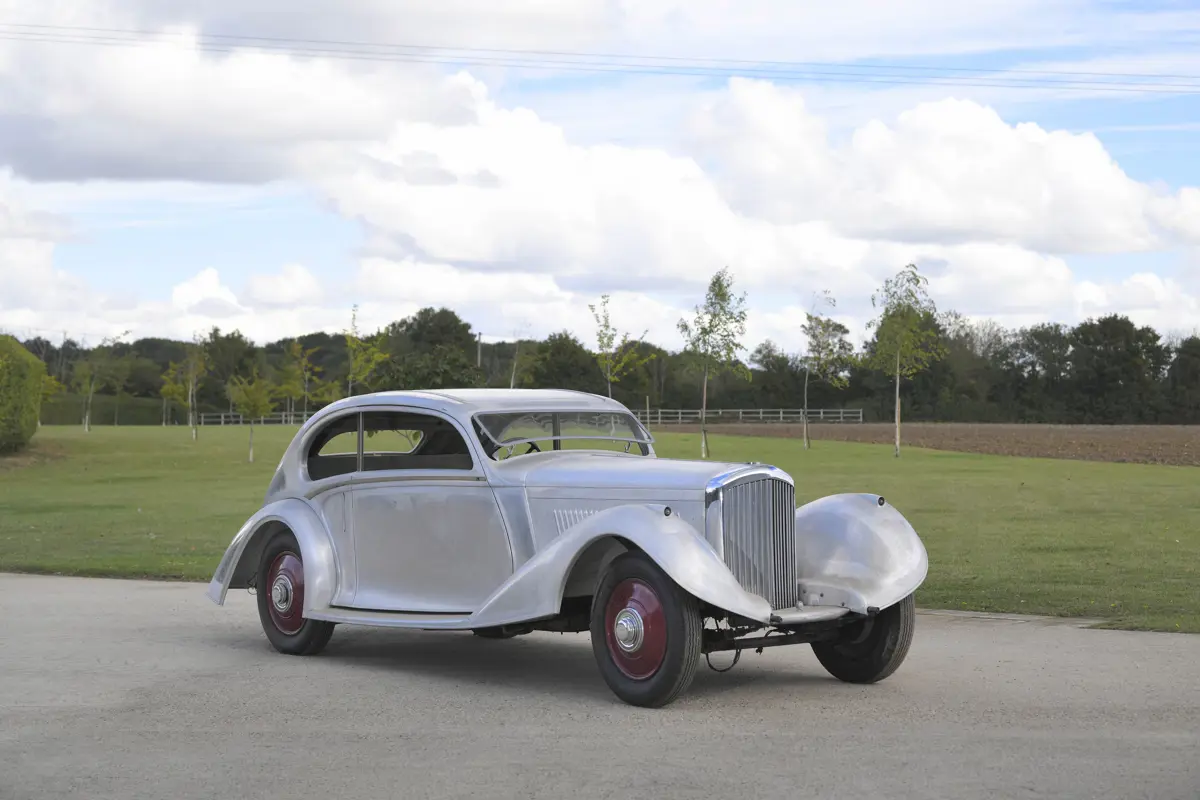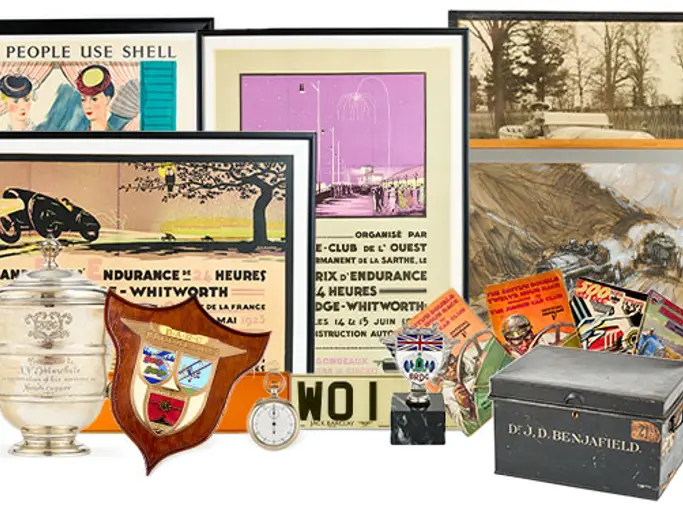For 105 years, Bentley has had its trials and tribulations. Now, it sits at the epicentre of sporting luxury manufacturing, with an enviable reputation for automotive excellence. But it wasn’t always this way. Indeed, there were many dark days before the Mulsanne Turbo, later the Turbo R, reignited interest in the brand in the 1980s.
However, it is the legends forged in the company’s first half-century that act as the exoskeleton for what the brand achieves today. When Walter Owen Bentley finally tired of selling other people’s cars, on the same day as the Paris Peace Conference in World War I, he set up Bentley Motors. Little did he know that he would engage in many more battles on French soil, this time in the white heat of 24-hour competition.
W.O. Bentley was born in Hampstead in 1888 and began his engineering apprenticeship with the Great Northern Railway at Doncaster Works. Over five years, he learned how to design complex machinery, and then how to cast and manufacture it. However, the railways were not going to hold his fascination and, after studying theoretical engineering at King’s College London followed by a spell running the National Motor Cab Company fleet, he joined his brother’s dealership.
Brother Horace and W.O. sold French Doriot, Flandrin & Parant cars, but W.O. was never pleased with their sluggish performance. After all, he had already had a taste of competition, racing Quadrant, Rex, and Indian motorcycles in 1909 and 1910. He soon took to modifying the cars he sold, racing them at Brooklands.
After the First World War, he set up Bentley, with the motto “To build a good car, a fast car, the best in class.” He entered races such as the Indianapolis 500, Tourist Trophy, and several races at Brooklands. However, it was the car’s finish at the Tourist Trophy in 1922 that first forged the legend; Bentley was the only team to finish.
This all makes it the more surprising that the motor race that forged the Bentley legend wasn’t something the company founder was keen on. Though he was a fan of motorsport, and Bentley’s popularity was down to its cars’ durability, he viewed the 24 Hours of Le Mans with some skepticism.
Even though Bentley didn’t win the inaugural race in 1923, W.O. Bentley soon saw the value in the competition and returned the next year. Despite a late malady for John Duff and Frank Clement with a stuck wheel in a pitstop, Bentley prevailed to win by a lap.
This success was a great display of strength from Bentley’s first production model—the 3-Litre. Much bigger than the Bugattis that had proved so successful in racing, it also benefitted from a much larger engine—a 3.0-litre inline ‘four’ designed by ex-Royal Flying Corps engineer Clive Gallop. It was an engine filled with novel thinking for the time, with four valves per cylinder, dry-sump lubrication, and an overhead camshaft, which drew inspiration from the pre-World War I 1914 Mercedes Daimler M93654 racing engine that had been confiscated from Mercedes’ London showroom during World War One (at W.O. Bentley’s suggestion).
The resulting Bentley engine differed by having a cast-iron monobloc design with a fully aluminium-enclosed camshaft, which helped make the engine extraordinarily robust. Other novel features included two spark plugs per cylinder, pent-roof combustion chambers, and twin carburettors. While standard 3-Litres could produce 70 horsepower and an 80 mph top speed, a Speed model like the one seen here offered a top speed of 90 mph.
This particular car lived a difficult early life. As you can see here, its first owner had several unfortunate incidents that left it in a battered state. It was later brought back to life in original form aesthetically, but with a more powerful engine from the model’s replacement, the 4½-Litre.
Though Bentley’s trip to Le Mans in 1925 was a bust—neither car finished—the company fully committed to the event and won again in 1927, though not without drama. All three of the Bentleys at the head of the field were caught up in the famous White House crash at the Maison Blanche curves nearing the straight. The Leslie Callingham/Frank Clement and Baron André d’Erlanger/George Duller Bentleys were wiped out in the enormous accident, which occurred when PH Tabourin’s TH Scheider spun, hit the barriers and ended up in the middle of the road. Sammy Davis, who had partnered with Dudley Benjafield for the race, also crashed his Bentley but managed to trickle it back to the pits for repairs. They fought back to take victory by 20 laps.
Bentley’s 1927 win, and the publicity surrounding the White House crash, brought an ever-bigger entry list, manufacturer interest, and competition. It turned out to be a slugfest between Robert Bloch and Édouard Brisson in a Stutz Model BB Blackhawk, and Woolf Barnato and Bernard Rubin in a Bentley 4½-Litre. It was a battle that raged all day, night, and day again, with Barnato and Rubin edging out to win by just a lap, despite a rapidly emptying radiator and a vertiginous temperature gauge.
Barnato, by this point, had become Bentley’s key man, having acquired the company in 1926. The son of a diamond and gold mining family, he would invest thousands of pounds into the ailing company, allowing him to drive the cars, and W.O. Bentley to focus on bringing new models to market.
Barnato returned to Le Mans for 1929 alongside Henry ‘Tim’ Birkin as part of a five-part team. Despite the financial clouds sweeping around the firm at the time, it turned out to be something of a whitewash for Bentley, with its cars taking the top four places. Barnato and Birkin took the victory—and was so pleased with the result, he loaned Bentley another £25,000 (£1.3M in today’s money).
The start of a new decade proved to be a swansong year for Bentley, and the company he founded would soon find new owners at the hands of perhaps its biggest rival. Bentley had done well to sell 100 of its ultra-luxurious 8-Litre models, but the Great Depression hit the marque hard and within a year the firm was put into voluntary liquidation, owing £136,220 (£7.797M in today’s money).
Financial woes aside, the 1930 24 Hours of Le Mans was a fitting way for the company to have one last thrash. Barnato bagged his third Le Mans 24 Hours victory alongside Glen Kidston, fending off the Mercedes challenge in a battle of endurance.
Despite interest from Napier, it was arch-rival Rolls-Royce that stepped in to purchase Bentley’s assets. For W.O. Bentley it was a difficult time—over the winter of 1931 and 1932 he’d found himself without a car as he’d had to return his 8-Litre. It was that particular model that had provoked Rolls-Royce’s ire; the firm saw it as unwanted encroachment on its ultra-luxury market.
Following the takeover, Rolls-Royce was quick to dismantle Bentley’s plans. All development works were stopped, and though some 8-Litre chassis made the move from Cricklewood to Rolls-Royce’s Derby factory, the future lay in adapting Rolls-Royce designs.
For W.O. Bentley, it must have felt like being trapped. By order of the court he was obliged to work for the new Bentley for three years, acting as a customer liaison in London and a test driver across Europe for what would become the new Bentley 3½-Litre. He would only be allowed to comment on the design, and in 1935 he left the company that bore his name.
Rolls-Royce marketed Bentleys as ‘The Silent Sports Car’, and the 3½-Litre was developed with a much broader remit in mind than the competition-focused Cricklewood cars. The new cars were developed with greater comfort and refinement; it’s said that even W.O. Bentley was a fan, calling it the finest creation to ever carry his name.
We have three such cars up for grabs at our London auction: the above Park Ward Tourer is believed to have been owned by the same family for up to 75 years. You can read more about this car’s history here.
The second of our 3½-Litres is this Drophead Coupé by James Young, dating from 1935. The chassis was first delivered to Lillie Hall, Charles Rolls‘ first showroom in Fulham, London, and then fitted with what is thought to be the last example of this body style produced. After being offered for sale via Pass & Joyce, a central London showroom and the principal agent for cars bodied by James Young, it was sold to Mrs Winifred Kate Williams of Mayfair, London. It was later acquired by Lieutenant G. N. Williamson of the Royal Naval Volunteer Reserve, and then spent time in Scotland and London with several owners, though the ownership trail is lost after 1959. It has been in the Best of British Collection since 2005, and more details can be found here.
The last of the 3½-Litre cars on offer is one of only a handful bodied by Freestone and Webb, more widely known as the coachbuilders responsible for the body of Bluebird, Donald Campbell’s record-breaking machine. The Airline Coupé was formed around aerodynamic principles. Indeed, Freestone and Webb would go on to produce Spitfire wing tips during World War II. The first owner is shown as Mrs A.B. Hills of Bournemouth, before being bought by G.R. Nevill in Kent in 1940 and Dr Bentley Phillips of Surrey in 1951. It joined the Best of British Collection in 2009. More details can be found here.
W.O. Bentley’s final model may not have been a ground-up design from his own hand, but he certainly perfected it with his rigorous testing across Europe. After he left Bentley in 1935, he went on to work for Lagonda, Armstrong Siddeley, and Aston Martin. He passed away in 1971, just before his 83rd birthday. In his Times obituary, it was said that to know his cars was to know him.
Like the company that bore his name, W.O. Bentley endured ups and downs throughout his life, but again, just like his cars, his achievements can never be forgotten.
View The Age of Endeavour Collection here.


